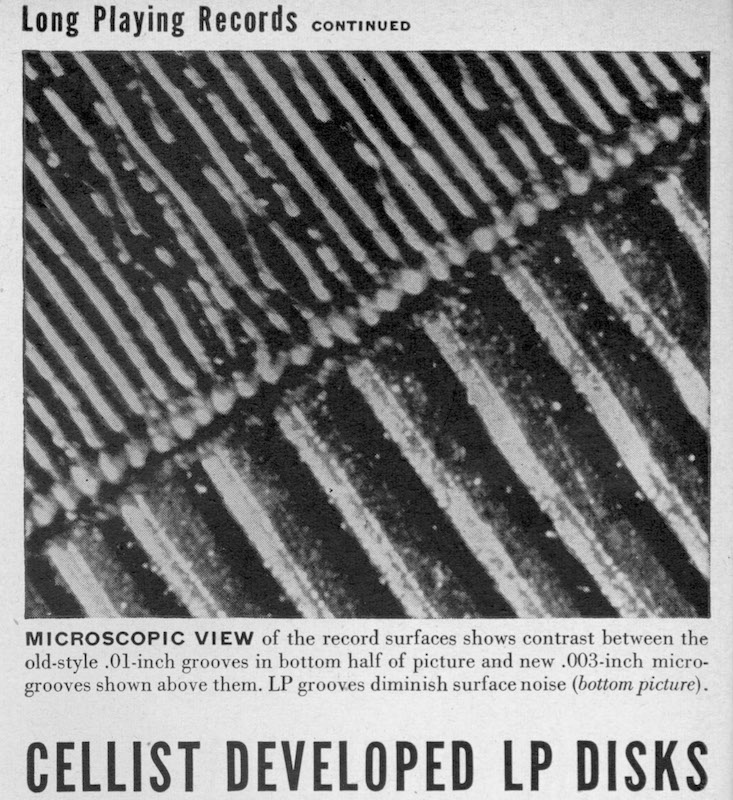How Records Were/Are Manufactured (6)
第1回、第2回、第3回、第4回、第5回 に続き、戦後のレコード製造工程や原材料の歴史、特に 射出成形 と スチレン盤 について改めて調べてみた、そんな記録です。
Following on from the first, second, third, fourth and fifth parts, this is a record of a renewed look into the history of postwar record manufacturing processes and raw materials, particularly injection molding and styrene records.
Shelley Products 社によって1940年代末に市場に投入され、一時期は Columbia が開発・実用化・普及に向けて積極的に投資していたスチレンの射出成形法は、LP盤製造では結局は主流とはならず、米国で45回転盤用としてのみ浸透したことを学びました。
I learned that the styrene injection molding method, which was introduced to the market by Shelley Products in the late 1940s and for which Columbia at one time actively invested in its development, practical application, and popularization, never became mainstream in LP manufacturing, and was only used in the United States for 45 rpm records.
また、21世紀に入って、サステナビリティの観点から再び射出成形法が見直され、スチレンではなくリサイクルインフラが整ったPET盤が製造販売されていることを知りました。
I also learned that in the 21st century, the injection molding method was once again being reconsidered from the perspective of sustainability, and that PET boards, which have a well-established recycling infrastructure, are now being manufactured and sold instead of styrene.
最終回となる今回は、もともとレコード製造方法や原材料の歴史を調べるきっかけとなった、Mercury の廉価スチレン製LP盤 について、さまざまな角度から調査してみました。
In this final part, we are going to dig a deeper research on Mercury’s budget styrene LP records from various angles, which was what originally prompted me to look into record manufacturing methods and the history of raw materials.
改めて、今回の一連の調査のきっかけを与えてくださった @zmuku さんに感謝いたします。
Once again, I would like to thank @zmuku-san for giving me the opportunity to conduct this series of research .
手持ちの10インチ盤が同じような質感です。ランアウトのスタンプが凹凸が深い感じです。ついでにジャケット裏面も。 pic.twitter.com/BfgpvnHSMz
— muku (@zmuku) September 15, 2024
プレス工場を特定できる決定的な情報はまだ得られていませんが、レーベルやジャケ裏に印刷されている3本線マークの由来と意味について、非常に妥当な仮説を立てることができた気がします。
Although we have yet to obtain conclusive information that identifies the pressing factory, we feel we have been able to formulate a very reasonable hypothesis about the origin and meaning of the three-line mark printed on the label and back of the jacket.
Continue reading

![[Verve MG V-8341 Front Cover]](https://microgroove.jp/img/MGV8341_F.jpg)
![[Verve MG V-8341 Back Cover]](https://microgroove.jp/img/MGV8341_B.jpg)